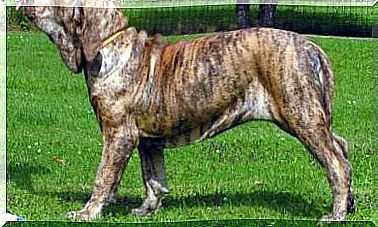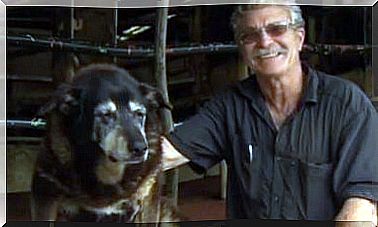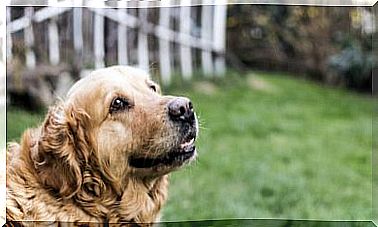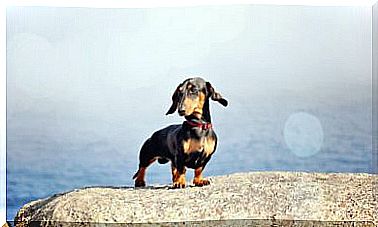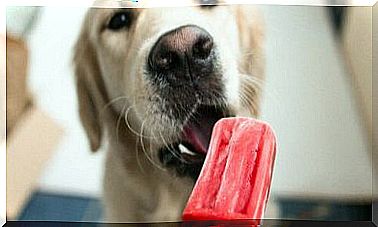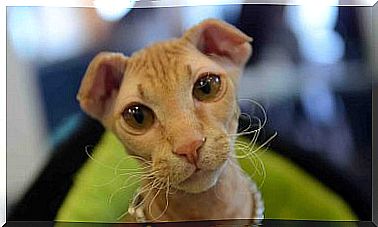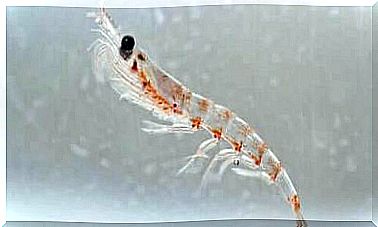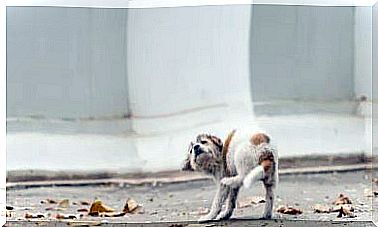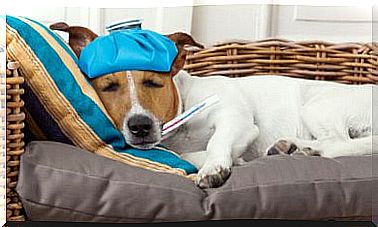Treatment Of Wounds On Dog Balls
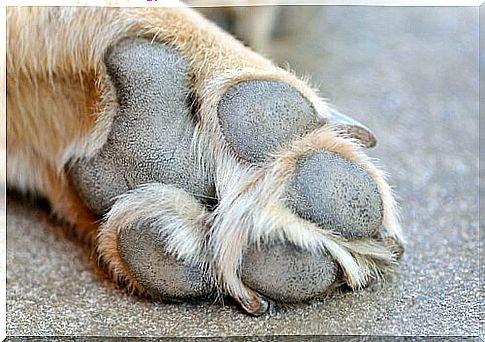
Imagine walking barefoot, wearing neither shoes nor socks, from here to there … you would have to take good care of your feet! The same thing happens with animals in general, and especially with dogs. This article will teach you how to treat wounds on dog balls .
How do wounds develop on dog balls?
Many pet owners worry about the health of their paws and wonder why wounds appear on dog balls .
While it is best to prevent injury, if you notice blood or other signs of wounds, treating them is imperative.
But before that, you should learn a little about dog balls, which are like the sole of your shoes.
This area comes in contact with various surfaces and is responsible for avoiding bone or joint problems. This is because the steps are cushioned and easier walking is made possible.
Although the bales are very resistant, they are still sensitive. You can get hurt easily. The wounds on the bunions are more common than you think, because the animal often cannot assess the danger and therefore does not know that it is going to be injured.
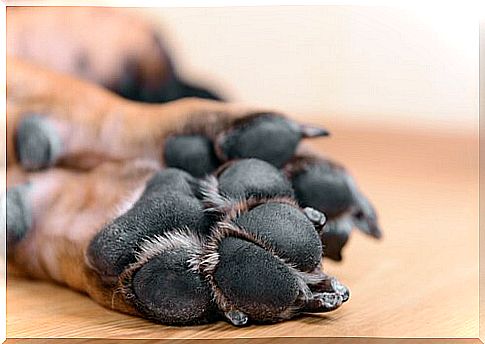
These injuries can be divided into three types:
1. Wounds on dog balls due to wear and tear
This occurs in all animals due to wear and tear on the pads of their paws, especially when walking on cement or other hard surfaces.
In addition, both too much and too little movement can cause this wear and tear. While not severe, it causes more injuries with each contact with the ground.
2. Wounds on dog balls due to burns
If it is very hot and the sun is shining, it is not advisable to take your dog for a walk. In addition to dehydration (especially in brachycephalic breeds or fat animals), the pads can burn on contact with hot asphalt.
The same thing happens when it’s cold and snowing or in icy places.
Even with breeds that are adapted to these climatic conditions, such as the Alaskan Malamute or the Siberian Husky, one must be careful with the contact of the paws on snow-covered surfaces.
3. Wounds on dog balls due to injury
In this case , injuries are caused by sharp or dangerous objects: splinters, branches, metals, glass, etc. These wounds are more severe injuries with bleeding and pain.
If not treated in a timely manner, they can cause infections.
How do you treat wounds on dog balls?
It is very important to avoid situations that could lead to injury, but when they do occur it is imperative that they be addressed.
If the injury is minor, you can treat it yourself.
But if trauma occurs or the dog is unable to perform in pain, you definitely need to have him checked out by a veterinarian.
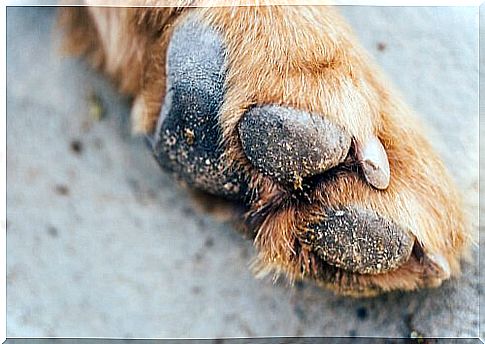
If you notice a wound or find that the pads are hardened or cracked, here are some things to do:
1. Wash out with clean water
Usually the area needs cleaning to avoid major problems.
Lay your dog on its side and use warm water to remove the dirt to encourage healing. In addition, the hygiene has a soothing effect on burns and even offers the animal relaxation.
2. Cut hair on the outside
It is true that hair acts as a “barrier” against objects that can enter the pads, but if there are wounds it could cause infection.
It is advisable to cut the offending hair after cleaning the wound as it can accumulate dirt.
3. Wash out with hydrogen peroxide
Once the area is clean, it is important that you disinfect with hydrogen peroxide. Moisten a gauze with it and touch the area carefully: it does not burn and has no side effects for the animal.
4. Use appropriate medicine
You can ask the veterinarian for “permission” to use other medications such as diluted iodine or chlorhexidine for animals. It is available as a spray and is easy to apply.
And if the injury is caused by a burn, there are creams or gels that relax the area. You may need to bandage the pads to keep the medication from coming off.
Don’t neglect the wounds on your dog’s balls, as these can be very painful and make it difficult for him to walk.
